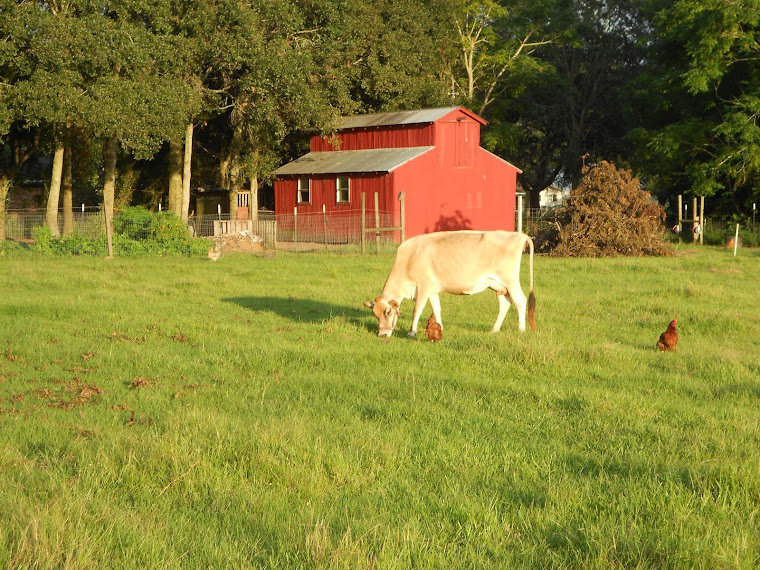We keep detailed records so that we can compare year over year. It's probably a lot of trouble for nothing, but we do it anyway. I find it is interesting to see changes. It is instructive to see trends. For instance which months are the driest and which are the wettest. We live in an agricultural area and have agricultural interests. One of the first things that farmers will tell you is that you need soil, sunlight and water in order to grow crops.
We try to grow a large percentage of our food on our little 5 acres of land, so rainfall matters - too much of it as well as too little of it. I like the "Goldilocks and the 3 bears approach" to rainfall. Not a flood, not a drought, but JUST RIGHT. Keeping daily records that you compile helps you to know where you are.
We collect lots of rainwater in numerous barrels and troughs that we have positioned beneath rooflines in order to sequester precipitation. With a 1 inch rainfall, we can catch hundreds of gallons of water for the animals to drink and for us to use in irrigating the garden. In a year like last year, though, rain barrels are useless if the wet stuff doesn't fall from the sky. We've thought about learning how (from You Tube) to drill our own shallow well. I tabled that idea but haven't forgotten about it and put it on the shelf.
Let's first look at the 2024 numbers. This table shows rainfall by month and in total from summarizing and accumulating all my "ciphering."
But what does it mean, you might ask? It means that we got a hair over 63 inches of rainfall in 2024, but that doesn't really tell you anything without looking at the trend. I've added my 12 year trend below:
Now this tells you something! First, it tells you that we rebounded from 2023 which was the lowest amount of rain in 11 years we've been recording and lower by almost a foot than the previous driest year. It tells you that in 2024, February was the driest month and May was the wettest. Normally March is the driest. It tells you that we have a 12 year average annual rainfall of almost 64 inches. In 2024, we pretty much hit the average on the nose. The trend really highlights what an aberration 2023 was!
If you look up at my handwritten rainfall log, the detail shows you a metric that I call the "Best day to go on a picnic" statistic. You'll see that it never rained on the 20th of any month last year. Thus, a perfect picnic day! So far in 2025, the streak is still alive. It didn't rain on January 20th.
Visit the blog next when we'll look at Egg Production in 2024.


